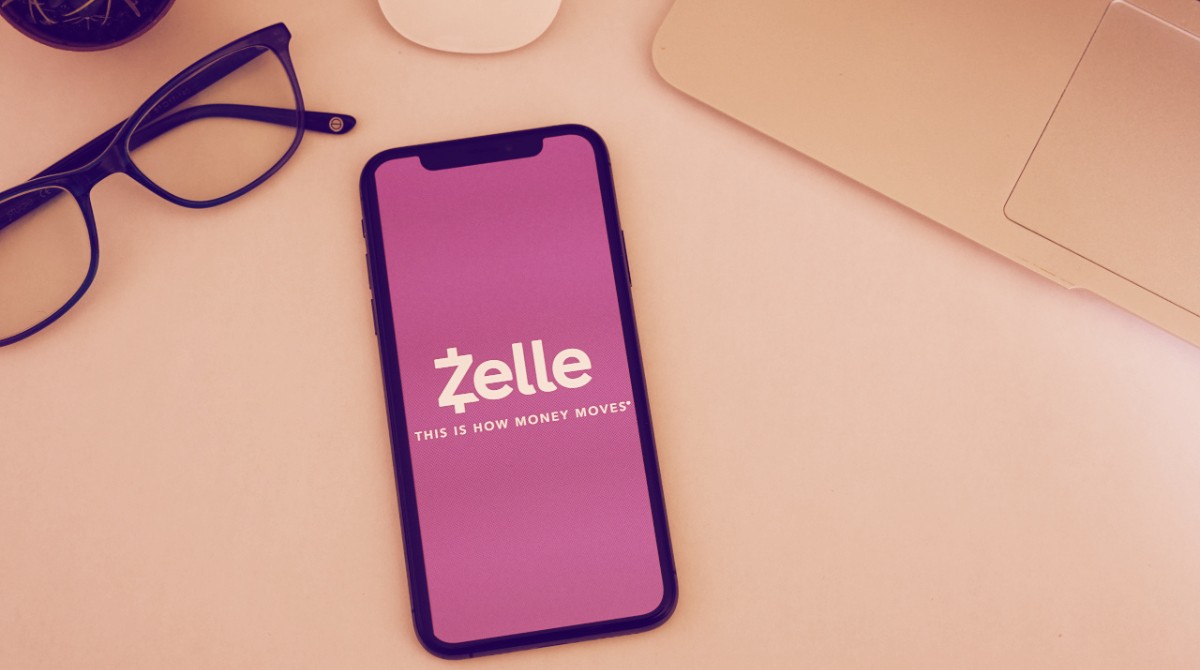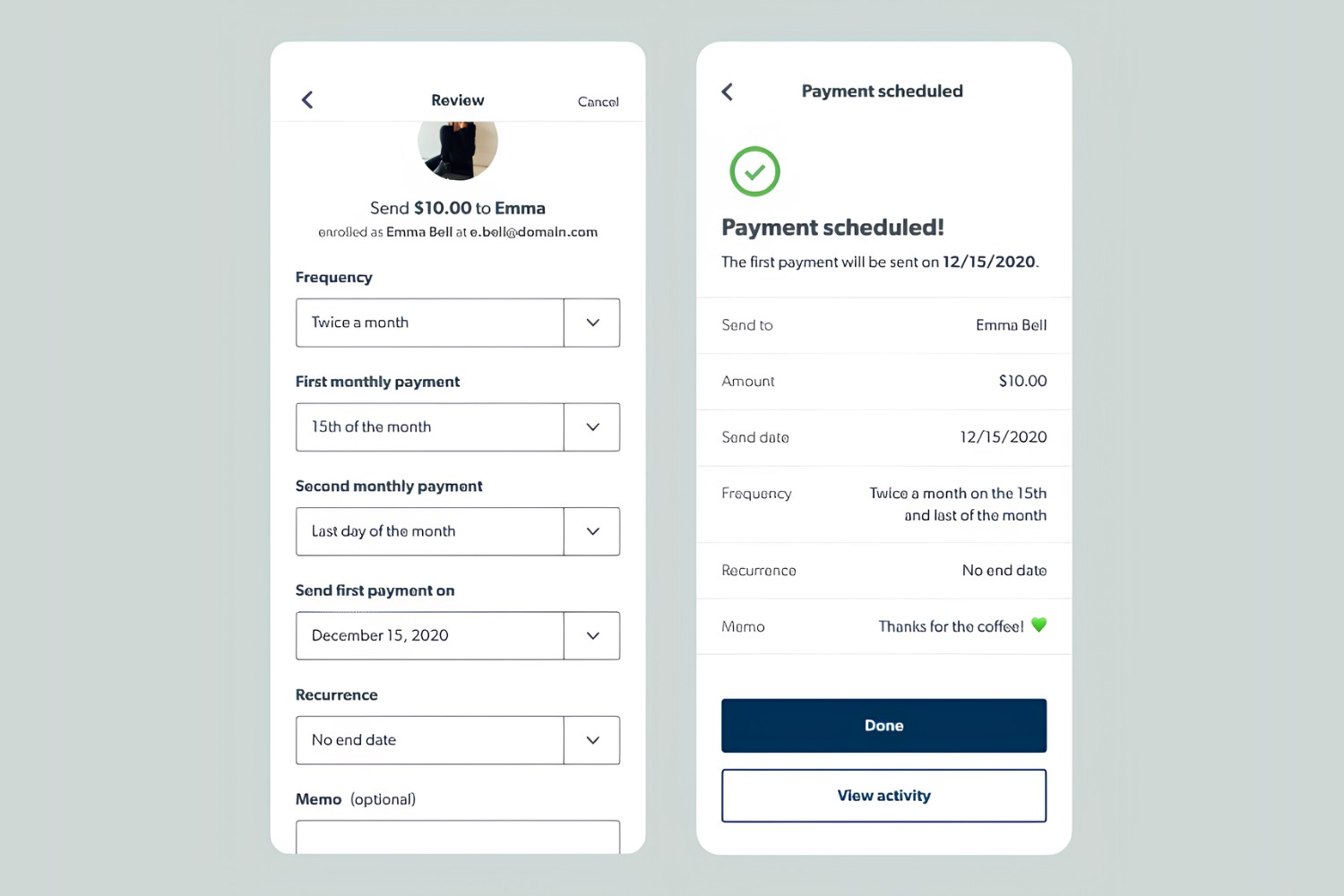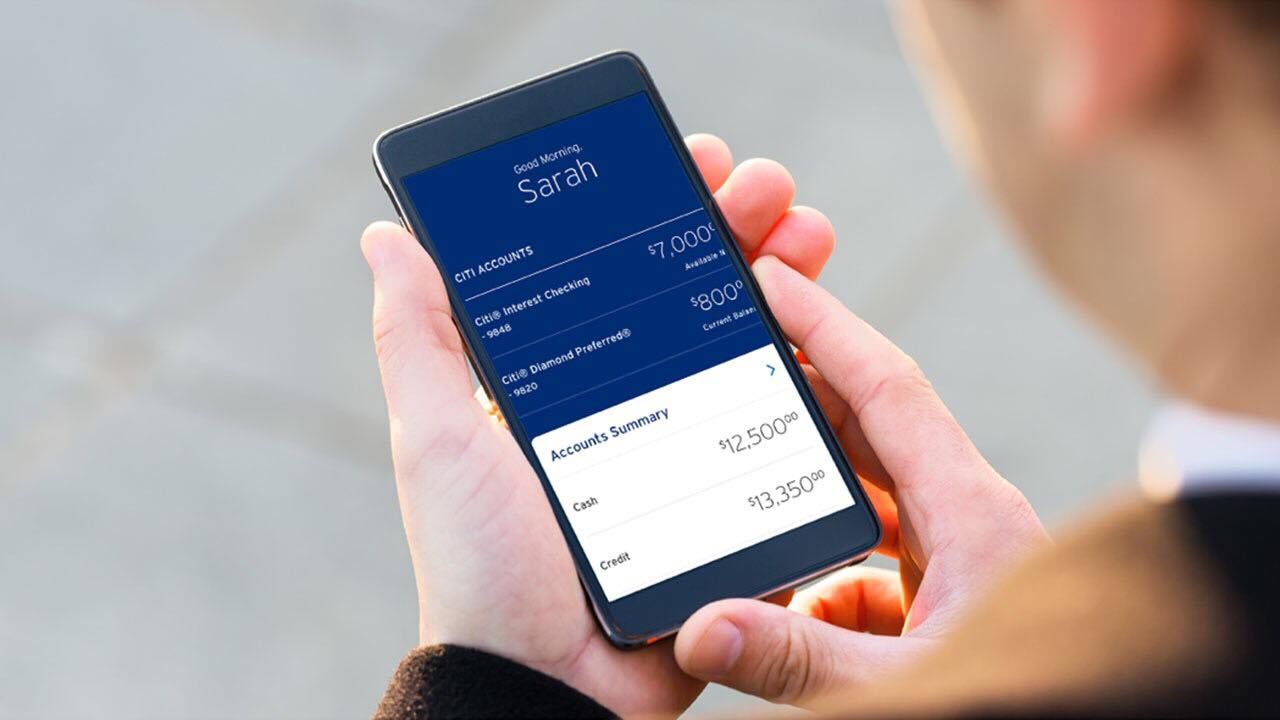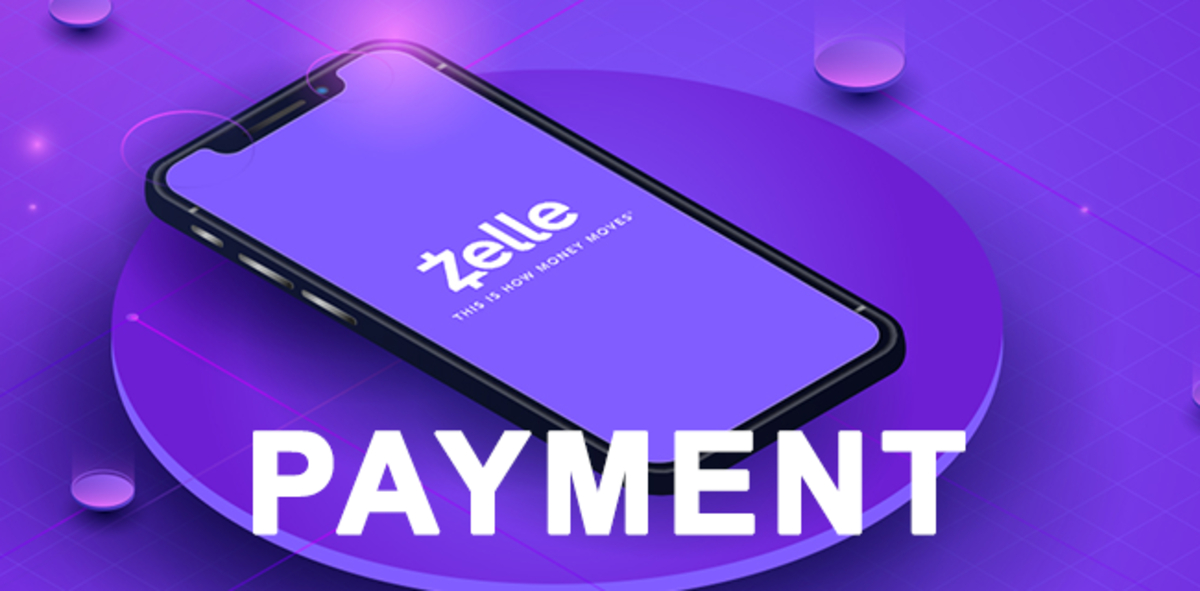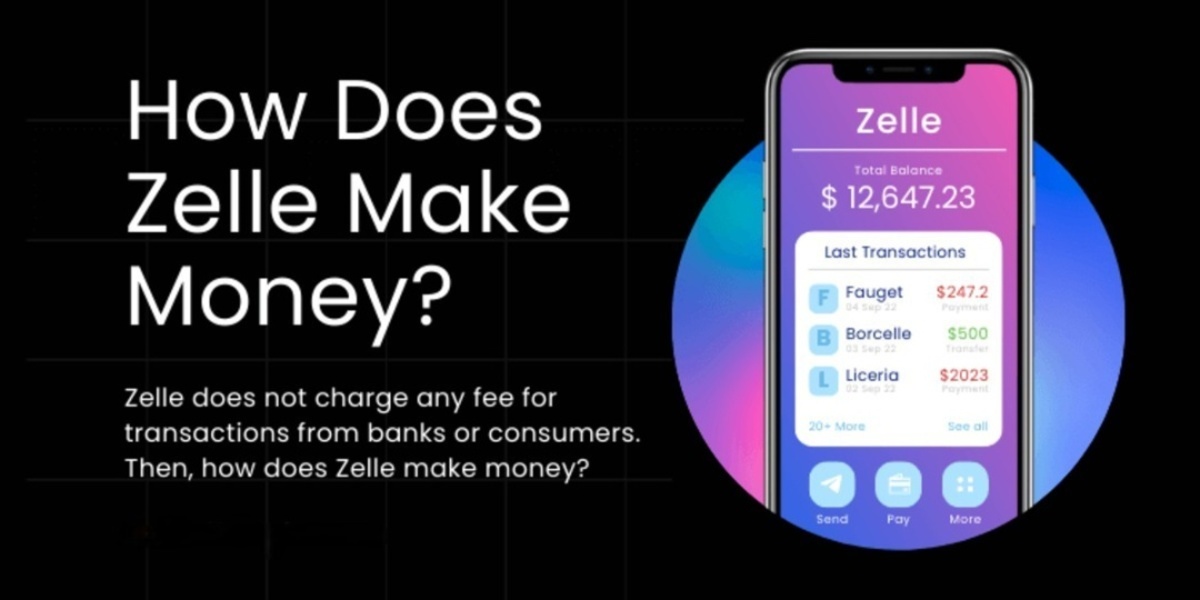Introduction
Welcome to our guide on how to stop a Zelle payment. Zelle is a popular digital payment service that allows users to send and receive money quickly and easily. Whether you need to split a bill, pay a friend back, or make a purchase, Zelle provides a convenient way to transfer funds.
However, there may be instances where you need to stop or cancel a payment made through Zelle. Perhaps you made a mistake, changed your mind, or encountered an issue with the recipient. In such cases, it’s important to know the options available to you.
In this article, we will discuss the various methods you can use to stop a Zelle payment and highlight important considerations to bear in mind. While every situation is unique, being armed with the right information can help you navigate through these scenarios with confidence.
It’s essential to act swiftly when you want to stop a Zelle payment. The earlier you take action, the higher the likelihood of a successful intervention. With that in mind, let’s delve into the details of how you can halt a Zelle payment and what steps you should take.
What is Zelle and how does it work?
Zelle is a peer-to-peer payment platform that enables users to send and receive money directly from their bank accounts. It was launched in 2017 as a collaboration between major U.S. banks and has quickly gained popularity as a convenient and secure way to transfer funds.
To use Zelle, you need to have a bank account with a participating financial institution. Once you’ve enrolled in Zelle through your bank’s mobile app or online banking platform, you can start sending money to friends, family, or anyone else who also has a bank account linked to Zelle.
One of the key advantages of Zelle is its speed. Unlike traditional banking transfers that may take several days to clear, Zelle payments are typically instantaneous. This means that once you send money, the recipient should have access to it almost immediately, allowing for quick and convenient transactions.
Another benefit of Zelle is its ease of use. You don’t need to download a separate app or create a new account. As long as your bank offers Zelle, you can access it directly through your existing banking app or website, making it a seamless part of your banking experience.
Zelle operates by connecting your bank account with your recipient’s bank account using their email address or mobile phone number. When you initiate a payment, Zelle securely transfers the funds from your account to the recipient’s account, eliminating the need for cash or checks.
It’s important to note that Zelle transactions are typically irreversible. Once the money is sent, it cannot be easily recalled or refunded. This is why it is crucial to double-check all information before sending a payment to ensure accuracy and prevent any unintended transactions.
Now that we have a better understanding of what Zelle is and how it functions, let’s explore the circumstances in which you might need to stop a Zelle payment and the available options to do so.
When should you consider stopping a Zelle payment?
While Zelle offers a convenient way to send money, there may be situations where you need to consider stopping a payment. Here are some scenarios where it might be necessary:
- Mistaken or incorrect payment: If you accidentally send money to the wrong person or enter an incorrect amount, it’s important to act quickly to stop the payment before it is processed.
- Unauthorized transactions: If you suspect that a payment was made from your account without your consent or knowledge, it is crucial to take immediate action to stop the payment and protect your funds.
- Issues with the recipient: If you encounter problems with the person or business you sent money to, such as non-delivery of goods or services, fraudulent activity, or any other breach of agreement, you may need to stop the payment and explore your options for resolution.
- Change in circumstances: Sometimes, circumstances change after initiating a payment. For example, you may have agreed to purchase an item but later discover that it is not as described or no longer needed. In such cases, stopping the payment may be necessary.
- Emergency situations: In rare instances, unforeseen emergencies or urgent situations may arise that require you to stop a Zelle payment. It could be due to a sudden financial crisis, an urgent need for funds elsewhere, or other unforeseen circumstances.
It’s important to note that not all payment cancellations can be successful. The availability of options to stop a Zelle payment may depend on factors such as the timing of the request, the status of the payment, and the policies of your bank or financial institution.
Now that we understand the potential situations where you might need to stop a Zelle payment, let’s explore the various methods available to do so.
How to stop a Zelle payment
If you find yourself in a situation where you need to stop a Zelle payment, there are several options available to you. Let’s explore each of them:
Option 1: Contact the recipient directly: In some cases, reaching out to the person or business you sent the payment to can help resolve the issue. Explain the situation and politely request that they return the funds. If both parties agree, they can initiate a refund through Zelle or arrange an alternative method of reimbursement.
Option 2: Reach out to your bank or financial institution: If direct communication with the recipient proves futile, your next step is to contact your bank or financial institution. Explain the situation and provide any relevant details. They may be able to assist you in stopping the payment or offer guidance on how to proceed.
Option 3: File a dispute with Zelle: If the recipient refuses to return the funds or you believe there has been unauthorized activity, you can file a dispute with Zelle. Visit the Zelle website or contact their customer support to initiate the dispute process. Be prepared to provide evidence to support your claim, such as transaction details and any communications with the recipient.
Option 4: Cancel the payment from your bank’s mobile app or website: If the payment is still pending or has not been processed, you may have the option to cancel it directly through your bank’s mobile app or website. Look for the transaction in your account history or payment details and follow the instructions provided to cancel the payment.
Option 5: Initiate a chargeback: If you used a debit or credit card linked to your Zelle account for the payment, you may be able to initiate a chargeback through your card issuer. This would involve disputing the transaction and requesting a refund from the card issuer based on valid reasons, such as fraud, non-delivery of goods, or misrepresentation.
It’s important to note that the availability and success of these options may vary depending on factors like the timing of your request, the status of the payment, and the policies of your bank or financial institution. It is advisable to take action as soon as possible to increase your chances of a positive resolution.
Now that we’ve explored the methods for stopping a Zelle payment, let’s discuss some important considerations and limitations to keep in mind.
Option 1: Contact the recipient directly
If you find yourself in a situation where you need to stop a Zelle payment, one of the first steps you can take is to reach out to the recipient directly. By contacting the person or business you sent the payment to, you can explain the situation and discuss the possibility of canceling or returning the funds.
When contacting the recipient, it’s important to remain calm, polite, and communicative. Clearly explain the reason for wanting to stop the payment and provide any relevant details to support your request. It’s possible that the recipient may not be aware of the issue or may have a valid reason for not returning the funds.
If both parties agree to cancel the payment, there are a few ways to proceed. If the payment is still pending, the recipient can decline the payment request, and the funds will be returned to your account. Alternatively, if the payment has already been accepted and processed, the recipient can initiate a refund through Zelle or arrange an alternative method of reimbursement.
It’s essential to keep a record of your communication with the recipient, including any agreements, messages, or evidence of their willingness to return the funds. These details may be valuable if you need to escalate the issue or provide evidence when contacting your bank or filing a dispute with Zelle.
However, it’s important to note that there are limitations to this option. If the recipient refuses to return the payment or is uncooperative, you may need to explore other avenues for stopping the transaction. In such cases, it may be necessary to reach out to your bank or financial institution for further assistance.
Remember, direct communication can sometimes be the most effective way to resolve payment issues, as it allows both parties to reach a mutual agreement. Approach the situation with patience and understanding, and keep the lines of communication open to find a suitable resolution.
Now that we’ve discussed the option of contacting the recipient directly, let’s move on to explore the next option: reaching out to your bank or financial institution.
Option 2: Reach out to your bank or financial institution
If contacting the recipient directly does not yield the desired result or if they are unresponsive, the next step to stop a Zelle payment is to reach out to your bank or financial institution. Your bank can assist you in navigating the process and provide guidance on how to halt the transaction.
When contacting your bank, it is important to provide them with all the relevant details about the payment, including transaction ID, date, and recipient information. Explain the situation clearly and succinctly, outlining why you need to stop the payment and any attempts you made to resolve the issue with the recipient.
The bank may have different procedures in place to deal with Zelle payments, and they will guide you through the necessary steps. They may be able to put a hold on the transaction, reverse the payment, or freeze the funds temporarily while they investigate the matter further.
It’s important to keep in mind that the success of this option may depend on factors like the timing of your request and the status of the payment. If the payment has already been initiated or processed, the bank’s ability to stop or reverse it may be limited.
During your conversation with the bank representative, make sure to document important details such as the date and time of the conversation, the name of the person you spoke with, and any instructions or recommendations they provide. This will help you maintain a clear record of the steps taken and any agreements reached in case you need to refer to them later on.
It’s notable that reaching out to your bank is particularly crucial if you suspect unauthorized activity or fraudulent transactions. Banks have security measures and protocols in place to handle such situations and can guide you on the appropriate steps to take to protect your funds and mitigate any potential losses.
Remember, the overall success of this option depends on the policies and processes of your specific financial institution. Therefore, it is essential to act promptly and proactively when you become aware of the need to stop a Zelle payment.
Now that we’ve discussed reaching out to your bank or financial institution, let’s explore another option: filing a dispute with Zelle.
Option 3: File a dispute with Zelle
If you are unable to resolve the issue by contacting the recipient or your bank, you may need to escalate the matter by filing a dispute with Zelle. This option is particularly useful in cases where the recipient refuses to return the funds or if you suspect fraudulent activity.
To initiate a dispute with Zelle, you can visit their website or reach out to their customer support directly. Explain the situation, providing all relevant details such as the transaction ID, date, recipient information, and any evidence you have to support your claim.
When filing a dispute, it is important to be as thorough and concise as possible. Clearly state the reason for the dispute and include any relevant documentation like screenshots, emails, or messages that provide additional context or evidence of the issue at hand.
Zelle’s dispute resolution process may involve a thorough investigation to assess the validity of your claim. They will review the information provided by both parties and make a decision on the matter. It’s important to note that the outcome of the dispute process can vary depending on the specific circumstances and evidence presented.
During this process, it’s advisable to maintain open lines of communication with Zelle and respond promptly to any requests for additional information or clarification. Regularly check your email or Zelle account for updates on the progress of the dispute. Keeping organized records of your communication with Zelle will help you stay informed and maintain a clear record of the steps taken.
It’s essential to understand that while filing a dispute with Zelle can be a viable option, there is no guarantee of a favorable outcome. The decision ultimately lies with Zelle’s dispute team based on their evaluation of the information provided. In some cases, the resolution may not be in your favor, and you may need to explore alternative options to recover the funds.
Now that we’ve explored the option of filing a dispute with Zelle, let’s move on to discuss another method: canceling the payment through your bank’s mobile app or website.
Option 4: Cancel the payment from your bank’s mobile app or website
If the Zelle payment is still pending or has not been processed, you may have the option to cancel it directly through your bank’s mobile app or website. This can be a convenient and straightforward method to stop the payment before it goes through.
To cancel a Zelle payment through your bank’s app or website, follow these steps:
- Log in to your bank’s mobile app or website using your credentials.
- Navigate to the section that displays your recent transactions or payment history.
- Locate the Zelle payment you wish to cancel and select the option to cancel or stop the payment.
- Confirm the cancellation by following any additional prompts or verification steps provided.
It’s important to note that the availability and timing of this option may depend on your specific bank and their policies. Some banks may allow you to cancel the payment within a specified time frame, such as before the recipient accepts the funds. However, once the payment is accepted or processed, the ability to cancel it may be limited.
If the option to cancel the payment is not available or the payment has already been processed, it is recommended to contact your bank directly for further assistance. They may be able to advise you on alternative solutions or provide guidance on how to proceed in stopping the payment.
Ensure that you keep a record of your cancellation attempt, including the date and time, as well as any confirmation or reference numbers provided by your bank. This documentation can be valuable if you need to provide evidence or follow up on the cancellation request.
Remember, time is of the essence when it comes to canceling a Zelle payment. Act quickly and make use of the cancellation option if it is available to you through your bank’s mobile app or website.
Now that we’ve discussed canceling the payment through your bank’s app or website, let’s explore the final option: initiating a chargeback.
Option 5: Initiate a chargeback
If you used a debit or credit card linked to your Zelle account for the payment, you may have the option to initiate a chargeback through your card issuer. This can be a viable solution if you encounter issues such as fraud, non-delivery of goods, or misrepresentation.
A chargeback is a process where you dispute a transaction and request a refund from your card issuer. It allows you to seek assistance from your financial institution to reverse the payment and regain the funds.
To initiate a chargeback, follow these steps:
- Contact your card issuer’s customer support as soon as possible to file a dispute for the specific transaction.
- Explain the situation and provide all relevant details, such as the date and amount of the payment, the recipient’s information, and any supporting evidence or documentation.
- Cooperate with the card issuer by providing any additional information or documentation they may require to support your claim.
- Allow the card issuer to conduct an investigation into the dispute. They will review the information provided and make a decision based on their findings.
It’s important to note that the success of a chargeback request depends on factors including the nature of the dispute, the policies of your card issuer, and the evidence provided. Each card issuer has its own guidelines and procedures for handling chargebacks.
While chargebacks can be an effective way to recover funds in certain situations, it’s crucial to use this option responsibly. Misusing or abusing the chargeback process can have negative consequences and may impact your relationship with your card issuer.
Additionally, it’s important to be aware that initiating a chargeback may not always guarantee a successful outcome. The decision ultimately rests with your card issuer based on their evaluation of the facts and evidence presented.
It’s advisable to maintain open communication with your card issuer and regularly follow up on the status of your chargeback request. Keep a record of your conversations, including names, dates, and any reference numbers provided by your card issuer. This information will be useful if you need to follow up or escalate the matter.
Now that we’ve explored the option of initiating a chargeback, let’s discuss some important considerations and limitations that apply to stopping Zelle payments.
Important considerations and limitations
While there are various options available to stop a Zelle payment, it’s important to keep in mind certain considerations and limitations that may apply:
Time sensitivity: Acting promptly is crucial when it comes to stopping a Zelle payment. Once a payment is processed or accepted by the recipient, it may become difficult to reverse or recover the funds. As soon as you realize the need to stop a payment, take immediate action.
Payment status: The success of stopping a Zelle payment may depend on the status of the transaction. If the payment is still pending or has not been processed, you may have more options available. However, if the payment has already been accepted or processed, the ability to halt or recover the funds may be more limited.
Policies of your bank or financial institution: Each bank or financial institution may have its own policies and procedures for handling Zelle payments and stopping transactions. It’s vital to contact your bank directly and familiarize yourself with their specific guidelines and processes. They can provide you with the most accurate and up-to-date information regarding the options available to you.
Recipient cooperation: Stopping a Zelle payment may require the cooperation of the recipient. If the recipient is unresponsive or unwilling to return the funds, you may need to explore alternative methods such as contacting your bank or filing a dispute with Zelle. Keep a record of your attempts to communicate with the recipient to provide evidence of your efforts if needed.
Success of dispute resolution: Filing a dispute with Zelle or initiating a chargeback with your card issuer does not guarantee a successful outcome. The decision ultimately lies with the dispute team or the card issuer, based on their evaluation of the provided information and evidence. Be prepared for the possibility of the outcome not being in your favor and explore alternative options if necessary.
Legal and contractual obligations: Consider any legal or contractual obligations you may have regarding the Zelle payment. If there are specific terms and conditions or agreements in place, review them carefully to determine your rights and responsibilities in stopping the payment.
Overall, stopping a Zelle payment requires swift action, effective communication, and an understanding of the available options and limitations. Remain diligent and proactive throughout the process, and seek guidance from your bank or financial institution when needed. By being well-informed and taking appropriate steps, you can increase your chances of successfully stopping a Zelle payment and resolving any associated issues.
Conclusion
Stopping a Zelle payment requires quick action and careful consideration of the available options. Whether you made a mistake, encountered issues with the recipient, or experienced unauthorized activity, knowing the steps to take can help you navigate through these situations with confidence.
In this guide, we explored several methods you can use to stop a Zelle payment. You can start by contacting the recipient directly, discussing the situation, and requesting the return of the funds. If that doesn’t work, reaching out to your bank or financial institution can provide you with guidance and assistance. Filing a dispute with Zelle or initiating a chargeback with your card issuer are additional options to explore, depending on the circumstances.
However, it’s important to note that the success of these methods may vary based on factors like the timing of your request, the status of the payment, and the policies of your bank or financial institution. Time sensitivity, recipient cooperation, and understanding the limitations of each option are crucial considerations throughout the process.
Remember to keep detailed records of all communication and documentation, including dates, times, and reference numbers. This will help you in case you need to escalate the issue or provide evidence during the resolution process.
If you find yourself in a situation where you need to stop a Zelle payment, we recommend acting quickly and seeking assistance when needed. Be proactive in reaching out to the recipient, contacting your bank, or filing a dispute with Zelle if necessary.
By understanding the available options, acting swiftly, and remaining diligent, you can increase your chances of successfully stopping a Zelle payment and resolving any issues that arise.







